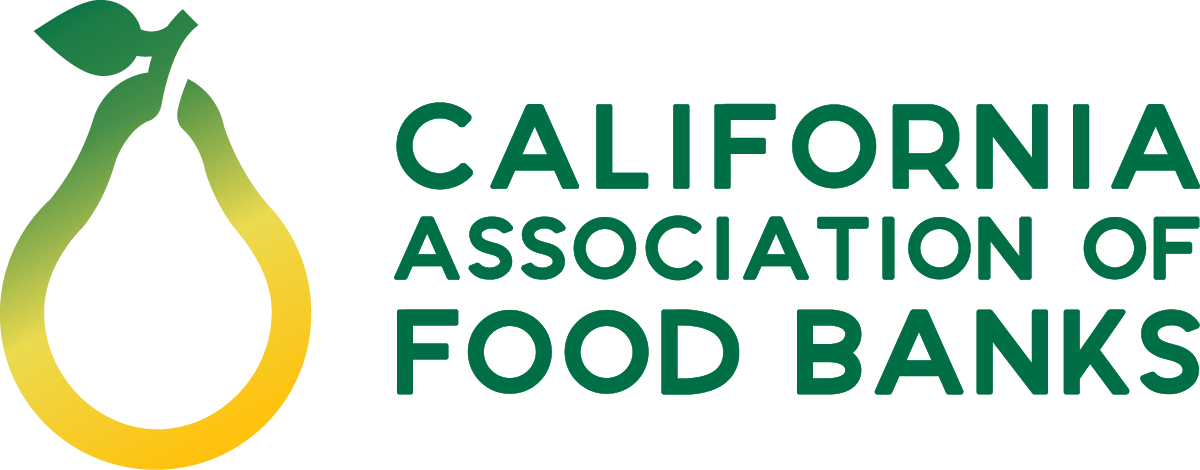Due to the COVID-19 Pandemic, the USDA and CDSS are rapidly making changes to the way CalFresh / SNAP operates in order to respond to growing need. We will continuously update this page with information about national and statewide changes to CalFresh / SNAP.
Other resources:
Webinars:
- June 2, 2020: CalFresh + Online Purchasing in CA (PPT deck, webinar recording, Q&A)
- April 9, 2020: CalFresh + COVID-19 (PPT deck, webinar recording, Q&A)
- April 16, 2020: CalFresh + COVID-19, part 2. (PPT deck, webinar recording, Q&A)
Questions?
- Becky Gershon (becky@cafoodbanks.org)
- Edith Martinez (edith@cafoodbanks.org)
Pandemic-EBT or “P-EBT”:
P-EBT was authorized in the Families First Coronavirus Response Act (H.R. 6201). It’s for children who receive free or reduced price lunch, and are enrolled in a school that was closed for 5+ days due to the pandemic. It does not matter whether the child/family was already on CalFresh or not – this will be a separate and additional benefit that will be mailed to families on a pre-loaded EBT card. There will not be an immigration test and it will not be counted as a “public charge” benefit. California’s plan was approved on April 24, 2020.
P-EBT 1.0:
Emergency SNAP:
Emergency Allotments (EA’s) have been approved for the following months:
Disaster-SNAP or “D-SNAP”:
Changes to SNAP rules:
ABAWD Rule Suspension:
Waived SAR-7’s and Recertifications:
- On March 17, 2020, Governor Newsom issued an executive order waiving Recertification and SAR-7 reporting for March/April/May. Benefits will continue to be granted and people will not be terminated from benefits for lack of submitting their Recertification or SAR-7.
- Households will still need to report if they are over their IRT.
- If a household has a SAR-7 due in March/April/May: the SAR-7 will not be collected/processed, and the household will be asked to complete their Recertification at the time when it is normally due for them. (i.e. if they are on a 12-month certification period, and their SAR-7 was due in March, they will still have to do their Recertification in September, like they normally would.)
- If a household has a Recertification due in March/April/May: the Recertification will not be collected/processed, and the household will be assigned a NEW Recertification date, 6 months from when it was originally due. (i.e. if they are on a 12-month certification period, and their Recertification was due in April, their Recertification will now be due in October.)
- USDA approved California’s request on March 23, 2020.
- CDSS issued guidance about waiving Recertifications and SAR-7’s on March 27, 2020.
Waived Interview Requirement:
- From March 27, 2020 until August 31, 2020, California waived its CalFresh initial application and recertification interview requirement. As of September 1, 2020, CalFresh interviews are required again, just as they were required before the COVID-19 public health emergency began.
- USDA issued guidance about waiving the interview requirement on March 26, 2020.
- CDSS issued guidance about waived interview requirements on April 2, 2020.
- CDSS issued additional guidance extending this waiver until June 30, 2020 on May 28, 2020.
- CDSS issued additional guidance extending this waiver until July 31, 2020 on June 15, 2020.
- USDA denied California’s request to waive the interview requirement in September 2020.
- CDSS issued guidance that extends this waiver until June 30, 2021.
Telephonic Signatures:
Clarification of Verification Requirements:
- CDSS has provided clarification about what information is required in order to verify job loss or zero income. When a household member claims to have recently lost a job, the county must not require verification of job loss, unless questionable, and the client statement on the application of a recent job loss is sufficient evidence that a household cannot reasonably anticipate income from that job. This applies even if the client submits verification of income earned within 30 days of the date of application if the income was earned before the job loss.
- CDSS issued guidance about verifications on April 23, 2020.
Online Purchasing:
- California has requested the ability to have online purchasing for EBT cards. This has been approved by the USDA, and the EBT online purchasing functionality will be available to EBT cardholders statewide on April 28, 2020. Initially online purchasing will be available at two online retailers: Amazon and Walmart.
- The process for EBT online purchasing follows a similar process as is currently used by the customers making an online purchase with a debit or credit card. After shopping for their items online, clients will choose a delivery date and time and then are taken to the payment page. They will need to select their method of payment and will be instructed to enter their EBT card number. They will then be presented with a virtual secure Personal Identification Number (PIN) pad where they enter their PIN to complete the transaction.
- Federal law prohibits the usage of CalFresh benefits to pay for delivery, convenience, or other fees and charges associated with online purchasing. Amazon and Walmart offer free delivery on online purchases over $35.
- CDSS wrote a letter to USDA requesting this on March 20, 2020.
- USDA announced it approves CA’s plan on April 8, 2020.
- CDSS issued guidance about online purchasing on April 14, 2020.
- Additional information and materials about online EBT purchasing can be found here: https://www.cdss.ca.gov/ebt-online.
Other COVID-19 Related Benefits:
COVID-19 Economic Impact Payments (“Stimulus Checks”)
Unemployment Insurance and Pandemic Unemployment Compensation/Assistance
